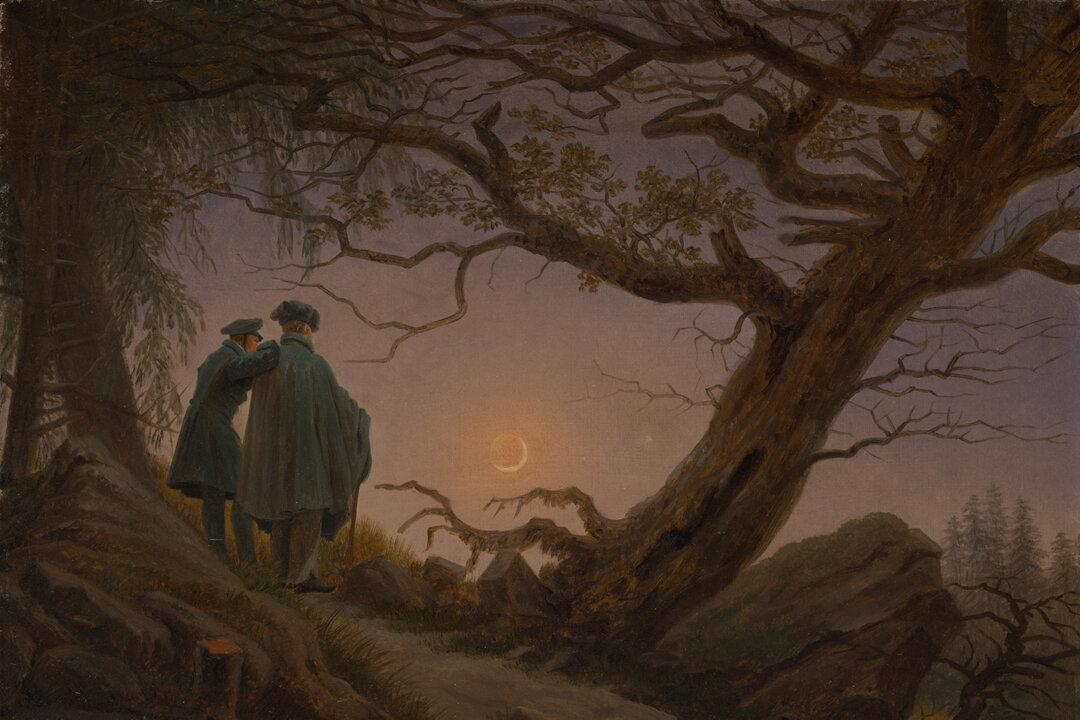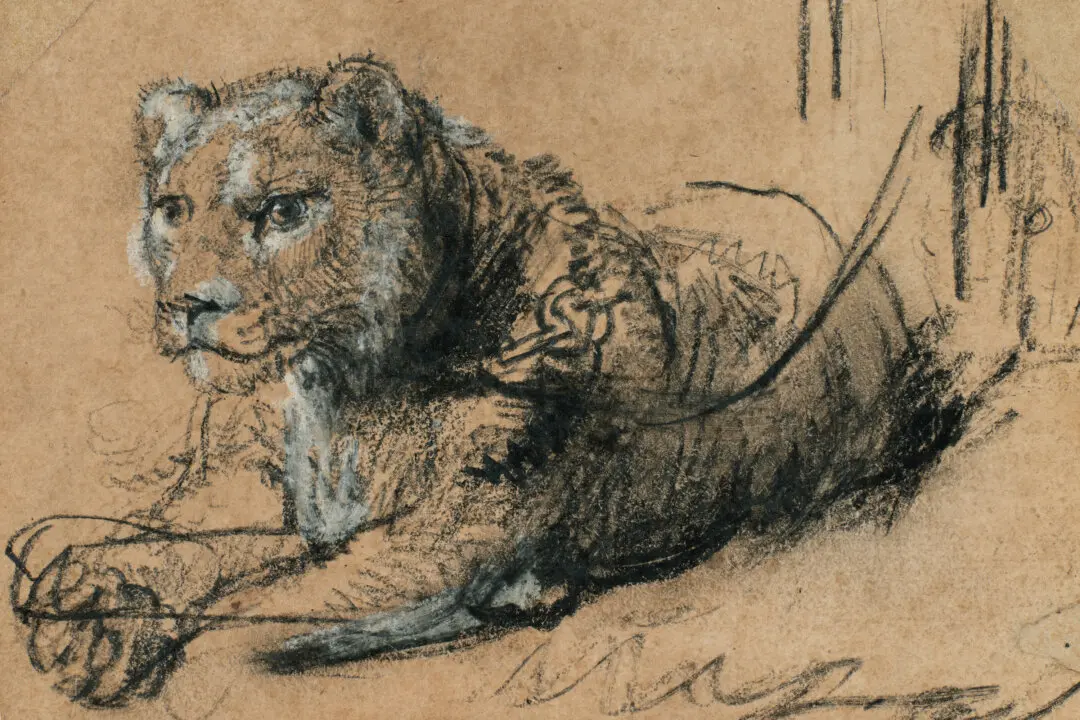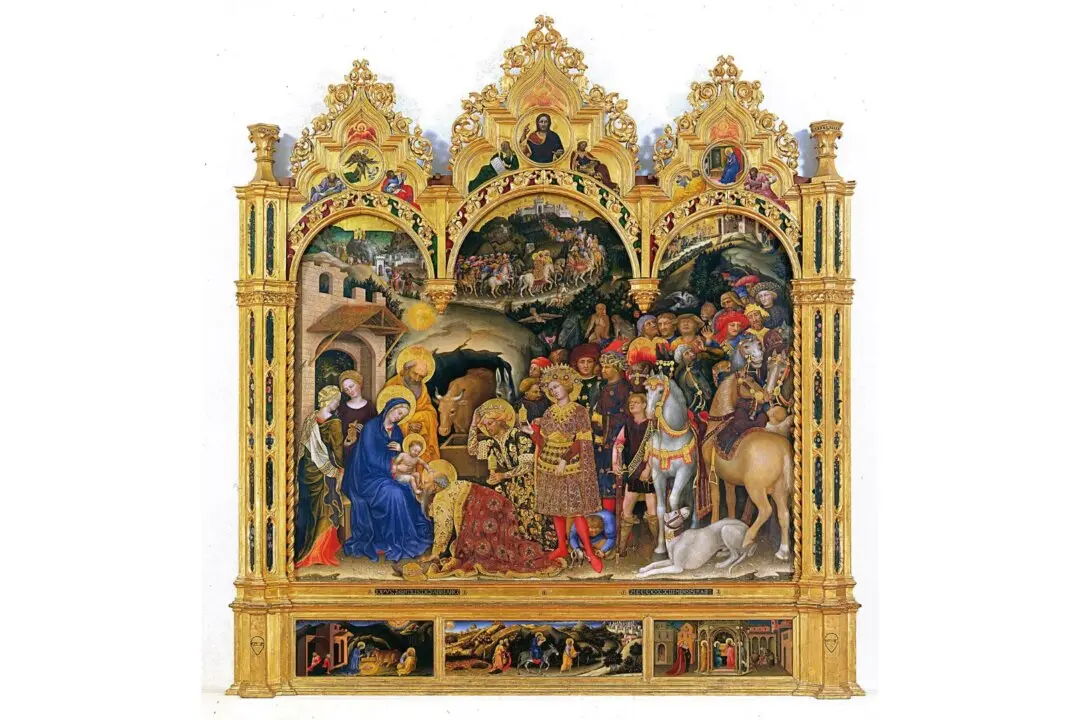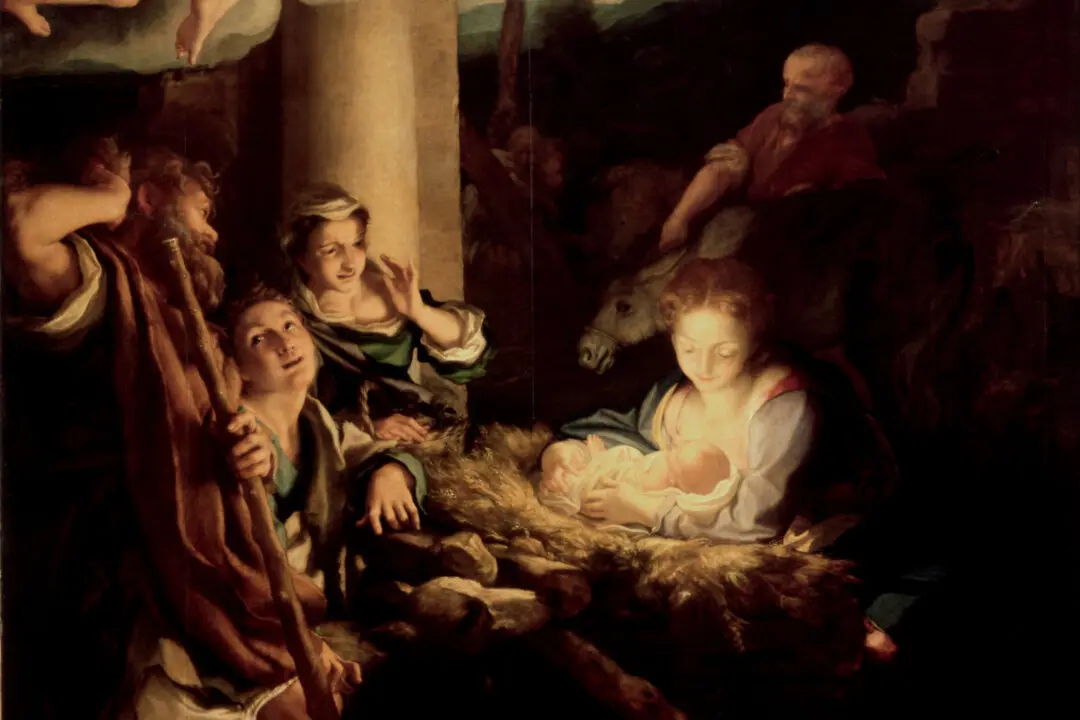The moon, regarded as inspiring, magical, and mysterious, was a popular theme for writers, musicians, and artists in the first part of the 19th century.
Musical compositions from this period include Beethoven’s “Moonlight Sonata” and Chopin’s nocturnes.





